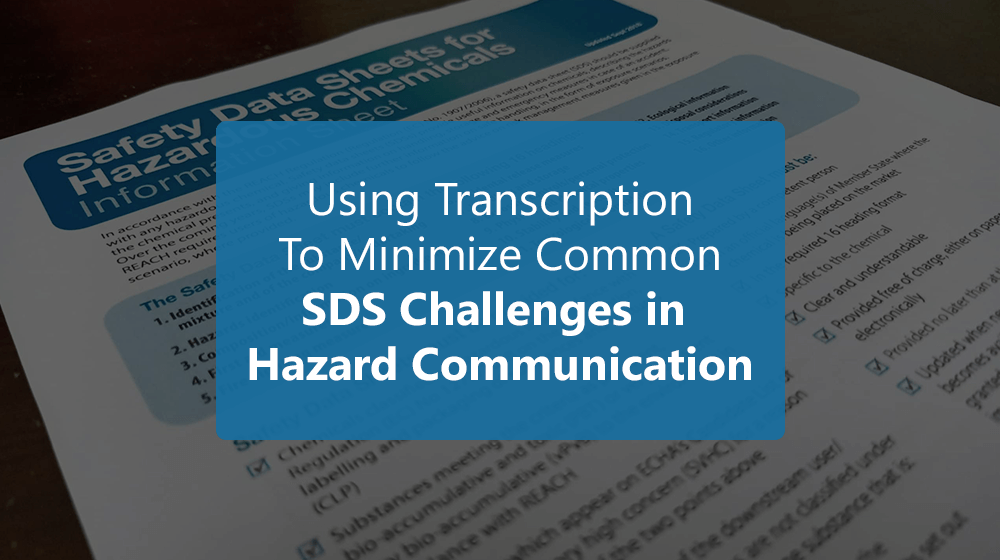Review Analysis: Reviews are the best reflector to get an accurate picture of any product or service. But tracking every single review can be time-consuming. A reliable review analysis framework can help you identify any potential problems with your reviews.
- What is Review Analysis?
- Why is it important to analyse reviews?
- 3 crucial steps in the review analysis process
What is Review Analysis?
Review analysis refers to the evaluation of customer feedback to improve organizational performance. It converts the unorganized datasets of product reviews into an organized format. It involves identifying patterns and trends in customer feedback. It is a vital part of quality and customer experience management. For example, reviews of an app on the Google Play Store may help developers know about its UI and UX features by listening to what users have to say about these aspects.
Review analysis can improve various organizational processes, from product development to customer service. It is a valuable tool for driving organizational change and improving customer satisfaction.
Why is it important to analyze reviews?
There are many reasons why analyzing reviews is vital for industries.
- By understanding reviews about services, businesses can better meet customer needs.
- Analyzing reviews can help companies identify potential problems before they become significant.
- It can help companies make marketing and product decisions more successful.
- Review analysis boosts business rankings and visibility.
- It assists in developing innovative strategies and beating the competition.
- Correct review examination helps enhance the customer base by gaining better customer retention and loyalty.
A report by brightlocal illustrates that before making a purchase, 77% of consumers examine online reviews. Another report by Review Trackers says that consumers accept that 94% of the time, they avoid a company after reading negative reviews. Well, these stats are enough to prove the importance and impact of reviews. It further increases the need for an efficient review analysis mechanism.
What is the process of analyzing reviews?
Now that you know the significance of collecting reviews, let’s explore the process of review analysis. Here are the essential steps to help you with it:
1. Collect your reviews
Collecting reviews is the first step in the review analysis process. There are two types of reviews and their collection process. Let’s learn more about it-
- Indirect reviews
Indirect reviews are not written about a product or service but mention it in passing. For example, mentions in a blog post or some social media discussion. There are a few ways to collect indirect reviews. One is to search for mentions of your product or service online. One can do it using a search engine or by monitoring social media channels.
- Direct reviews
Direct reviews are candid words and expressions of customers about products and services. It can benefit businesses as they provide honest customer feedback. Companies can collect them in several ways, such as surveys, asking customers for feedback via email or social media, or using customer feedback platforms. It’s essential to ensure that you are gathering reviews from a wide range of customers.
2. Interpret and filter the reviews
When customers leave reviews, they provide valuable feedback that can help businesses improve their products and services. Some reviews are negative, inaccurate, or irrelevant to the business thus, filtering and interpreting reviews before using them is crucial. It helps to avoid making decisions based on inaccurate or biased information. Interpretation is also essential, as it can help eliminate review bugs and issues. It can be challenging, as customers may not always express themselves. But, with the help of review analysis, companies can better understand customers’ preferences.
There is no magic wand to interpreting customer reviews. But some tools can make the process easier and more accurate. One such tool is sentiment analysis, which can help you identify the sentiment of a review (positive, negative, or neutral). It can help you understand customer sentiment at a glance. Some natural language processing tools can also help you extract key phrases and topics from reviews. Apart from these tools, there is a full-fledged platform to assist you with review analysis. That is ANT which brings qualitative and result-driven analysis of reviews.
3. Summarising the results into reports
By summarizing the reviews in a report, companies can better understand what customers say and identify areas that need improvement. This information assists in making changes that will improve the customer experience and interaction. It also helps track progress and organizes the learnings from reviews into compact reports.
ANT is here to ease your review analysis process:
Review analysis data can add significant growth to your company. But the entire process is tedious and overwhelming. You can put your stress on ANT and get reliable help in the review analysis area. There are many reasons why ANT is the best in this business. We are a hub of proficient analysts who understand the review process. They will work with you to ensure you get high-quality analysis. We use the latest technology to analyze reviews bringing accurate results. Our Customer review analysis process is simple to get started. Contact ANT today to learn more about how we can help you with your review analysis needs.

















